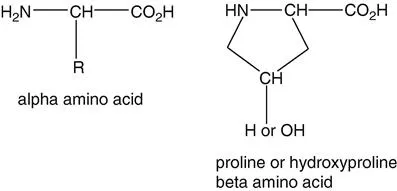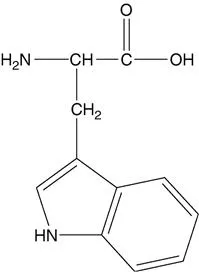
Tanning Chemistry
The Science of Leather
Anthony D Covington, Michael Redwood, Wolfgang Hummel, Jonathan Cooke
- 520 páginas
- English
- ePUB (apto para móviles)
- Disponible en iOS y Android
Tanning Chemistry
The Science of Leather
Anthony D Covington, Michael Redwood, Wolfgang Hummel, Jonathan Cooke
Información del libro
Even in the 21st Century, the manufacture of leather retains an air of the dark arts, still somewhat shrouded in the mysteries of a millennia old, craft based industry. Despite the best efforts of a few scientists over the last century or so, much of the understanding of the principles of tanning is still based on received wisdom and experience. Leather is made from (usually) the hides and skins of animals - large animals such as cattle have hides, small animals such as sheep have skins. The skin of any animal is largely composed of the protein collagen, so it is the chemistry of this fibrous protein and the properties it confers to the skin with which the tanner is most concerned. In addition, other components of the skin impact on processing, impact on the chemistry of the material and impact on the properties of the product, leather. Therefore, it is useful to understand the relationships between skin structure at the molecular and macro levels, the changes imposed by modifying the chemistry of the material and the eventual properties of the leather. This book aims to contribute to changing the thinking in the industry, to continue building a body of scientific understanding, aimed at enhancing the sustainability of an industry which produces a unique group of materials, derived from a natural source. The Science of Leather is the only current text on tanning science, and addresses the scientific principles which underpin the processes involved in making leather. It is concerned with the chemical modification of collagen, prior to tanning and the tanning reactions in particular. The subject is covered in the following order: collagen chemistry, collagen structure, skin structure, processing to prepare for tanning, the tanning processes and processing after tanning. The aim of the book is to provide leather scientists and technologists with an understanding of how the reactions work, the nature of their outcomes and how the processes can be controlled and changed. The objective is to synthesise a scientific view of leather making and to arrive at an understanding of the nature of tanning - how the wide range of chemistries employed in the art can change the properties of collagen, making leather with different properties, especially conferring different degrees of stabilisation as measured by the hydrothermal stability. Environmental issues are not treated as a separate theme - the impact of leather making on the environment is a thread running through the text, with the assumption that better understanding of the science of leather making will lead to improved processing. The book also reflects on the ways leather technology may develop in the future based on the foundation of understanding the scientific principles which can be exploited. It also includes a subject index, references and a glossary. The book provides the reader with insights into the role science plays in leather technology and provides fundamental understanding, which should be the basis for scientific and technological research and development for the benefit of the global leather industry. The book is aimed at students, leather scientists and technologists, in both academia and industry, in leather production and in chemical supply houses.
Preguntas frecuentes
Información
1.1 INTRODUCTION


| Name | Symbol | Type | Sidechain (R) | Importance in leather making |
| Glycine | Gly | α, neutral | –H | Collagen structure |
| Alanine | Ala | α, neutral | –CH3 | Hydrophobic bonding |
| Valine | Val | α, neutral | –CH(CH3)2 | Hydrophobic bonding |
| Leucine | Leu | α, neutral | –CH2CH(CH3)2 | Hydrophobic bonding |
| Isoleucine | Ileu | α, neutral | CH3CH2CH(CH3) | Hydrophobic bonding |
| Phenyl-Alanine | Phe | α, neutral | –CH2C6H5 | Hydrophobic bonding |
| Serine | Ser | α, neutral | –CH2OH | Unhairing |
| Cysteine | CySH | α, neutral, S containing | –CH2SH | Unhairing |
| Cystine | CyS-SCy | α, neutral, S containing | –CH2SSCH2– | Unhairing |
| Aspartic Acid | Asp | α, acidic | –CH2CO2H | Isoelectric point (IEP), a mineral tanning |
| Asparagine | Asn | α, neutral | –CH2CONH2 | IEP |
| Glutamic Acid | Glu | α, acidic | –(CH2)2CO2H | IEP, mineral tanning |
| Glutamine | Gln | α, neutral | –(CH2)2CONH2 | IEP |
| Arginine | Arg | α, basic | –(CH2)3NHC(NH)NH2 | IEP |
| Lysine | Lys | α, basic | –(CH2)4NH2 | IEP, aldehydic tanning, dyeing, lubrication |
| Histidine | His | α, basic |  | Aldehydic tanning, dyeing, lubrication |
| Proline | Pro | β, neutral | See Figure 1.1 | Collagen structure |
| Hydroxyproline | Hypro | β, neutral | See Figure 1.1 | Collagen structure, hydrogen bonding |
